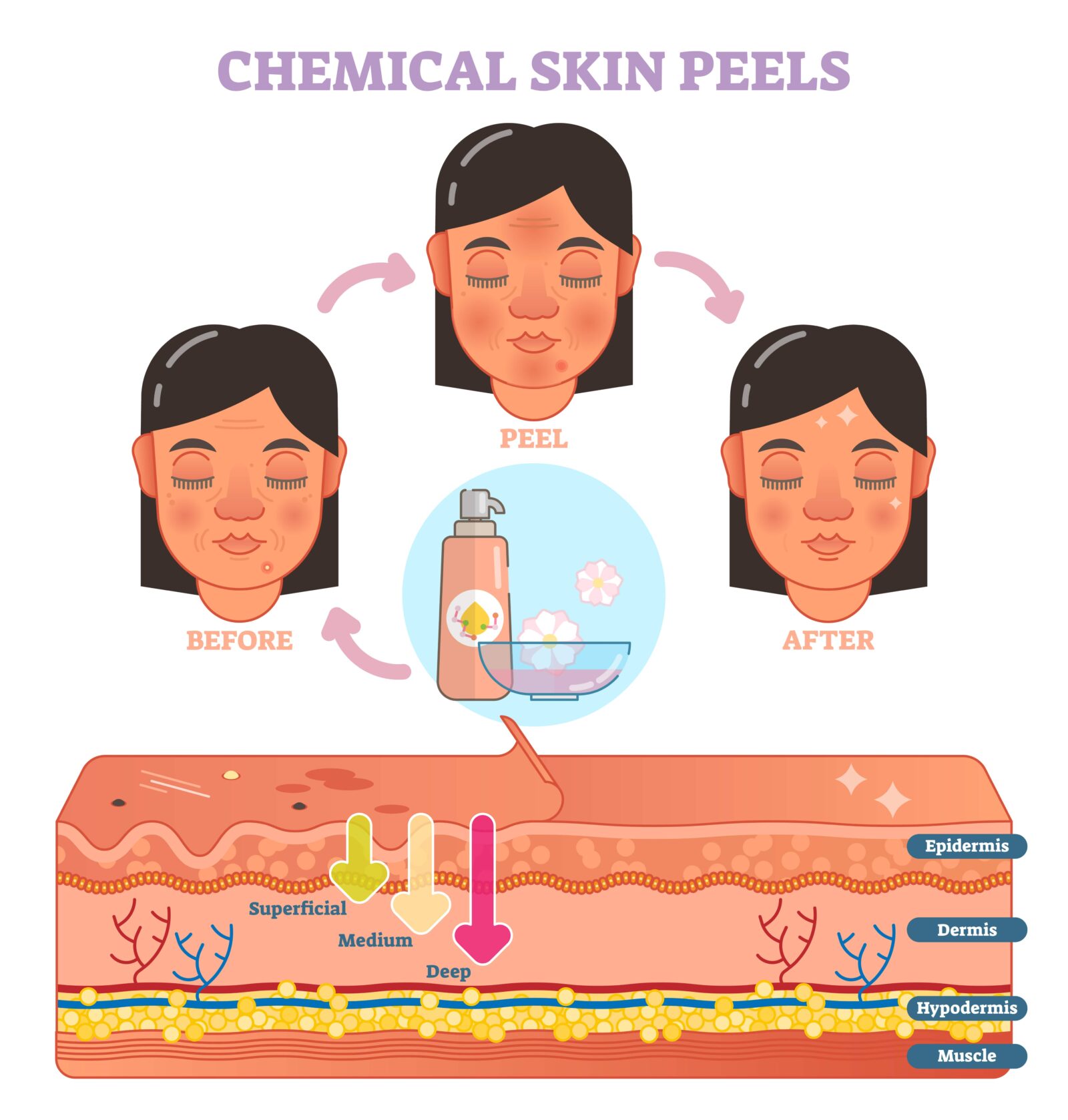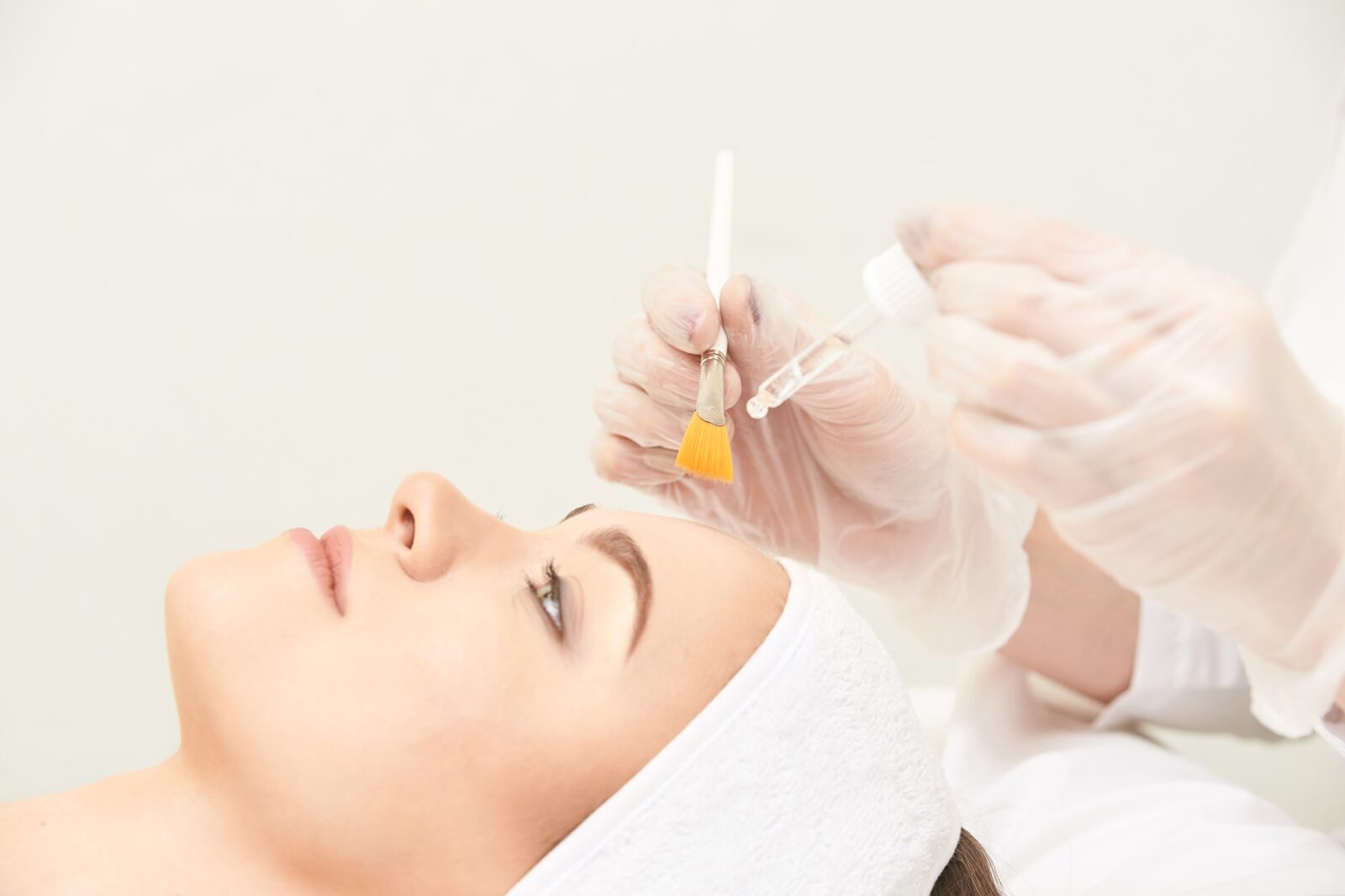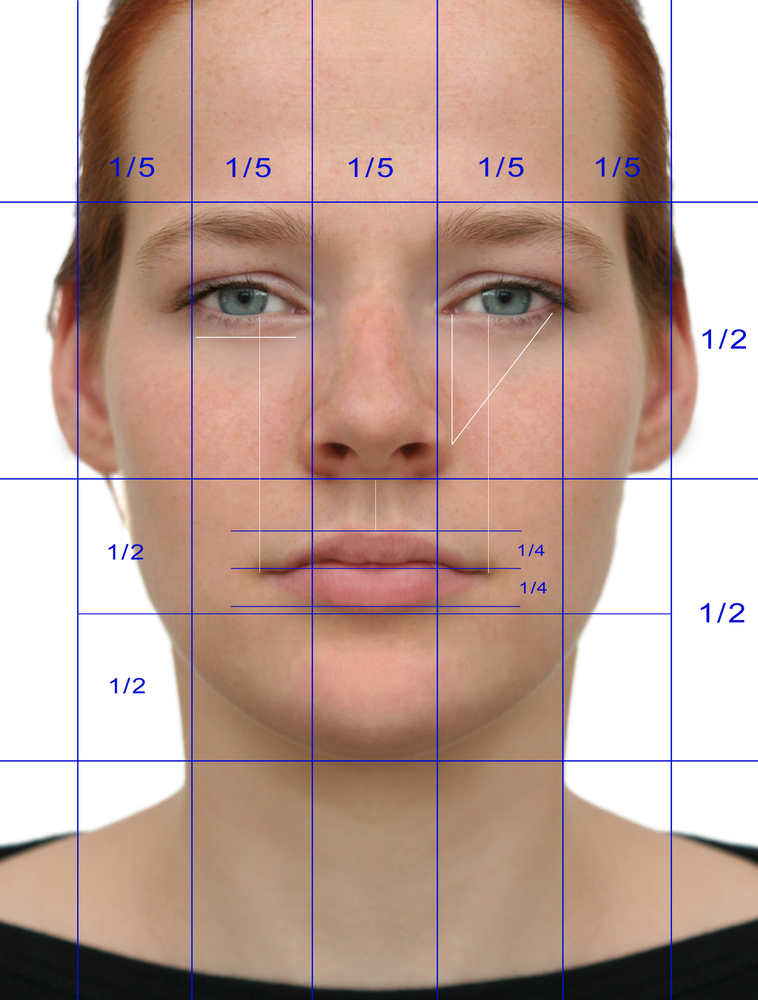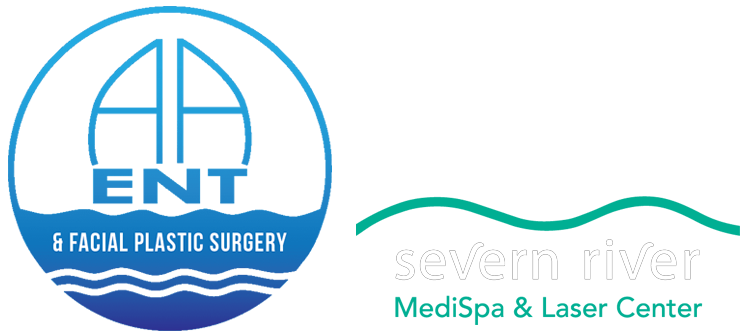Chemical peels have long been a trusted method for rejuvenating the skin and achieving a more youthful appearance. These treatments work by applying a chemical solution to the skin, which causes the outermost layers to peel away, revealing smoother, fresher skin underneath. Depending on the specific needs and concerns of the individual, various types of chemical peels are available, each with distinct characteristics and benefits. In this blog, we’ll delve into the world of chemical peels and explore the different types, ranging from mild to more intensive options.
Superficial Peels
Superficial peels, also known as “lunchtime peels,” are the mildest type of chemical peel. They primarily target the outermost layer of the skin, the epidermis. These peels are suitable for addressing minor skin concerns and providing a refreshed appearance without significant downtime. They can help with fine lines, mild discoloration, and uneven texture. Common acids used in superficial peels include:
- Glycolic Acid: Derived from sugarcane, glycolic acid is known for its exfoliating properties. It can improve the skin’s texture and tone.
- Lactic Acid: This gentle acid, often found in milk, is effective at moisturizing the skin while promoting a subtle exfoliation.
Medium Peels

Medium peels penetrate deeper into the skin, targeting both the epidermis and the upper layers of the dermis. These peels are more effective at addressing moderate skin concerns such as sun damage, pigmentation irregularities, and deeper wrinkles. Due to their intensity, medium peels require a longer recovery period. Common acids used in medium peels include:
- Trichloroacetic Acid (TCA): TCA peels can improve the appearance of sun damage, age spots, and fine lines. They offer more noticeable results than superficial peels.
- Jessner’s Peel: This peel combines salicylic acid, lactic acid, and resorcinol to address acne, uneven texture, and hyperpigmentation.
Deep Peels
Deep peels are the most intensive type of chemical peel and target the deepest layers of the skin. They are used to address significant skin concerns such as deep wrinkles, scars, and severe sun damage. These peels can yield dramatic results but also require the longest recovery time. Common acids used in deep peels include:
- Phenol Peel: Phenol peels can effectively reduce the appearance of deep wrinkles and scars. They provide a significant transformation but necessitate careful aftercare.
Here’s a table summarizing the three types of chemical peels: superficial, medium, and deep.
| Type of Chemical Peel | Depth of Penetration | Targeted Concerns | Recovery Time | Common Acids |
| Superficial Peel | Outermost Epidermis | Fine lines, mild discoloration, texture | Minimal downtime | Glycolic Acid, Lactic Acid |
| Medium Peel | Epidermis and Upper Dermis | Sun damage, pigmentation, wrinkles | Several days | TCA (Trichloroacetic Acid), Jessner’s Peel |
| Deep Peel | Deeper Layers of Dermis | Deep wrinkles, scars, severe sun damage | Longer recovery time | Phenol Peel |
Please note that the recovery time and specific acids used can vary depending on individual factors and the formulations used by skincare professionals. Always consult with a qualified professional before deciding on a specific type of chemical peel.
Considerations Before Getting a Chemical Peel
Before opting for a chemical peel, several factors should be considered:
- Skin Type: Different skin types react differently to various peels. Consulting a dermatologist will help determine the most suitable option for your skin.
- Downtime: The intensity of the peel affects the downtime required for recovery. Make sure you’re prepared for the recovery period associated with the chosen peel.
- Expectations: Understand the expected results and discuss them with your skincare professional. Multiple sessions might be needed for optimal outcomes.
- Sun Protection: Post-peel, your skin will be more sensitive to the sun. Sunscreen and protective measures are crucial to prevent further damage.
In Conclusion
Chemical peels offer a spectrum of options to address a wide range of skin concerns, from mild to severe. Whether you’re seeking a quick refresh or a more transformative change, there’s a peel suited to your needs. Always consult a qualified dermatologist or skincare professional before undergoing any type of chemical peel to ensure the best possible results and a safe experience. With the right guidance, you can embark on a journey to healthier, more radiant skin.








